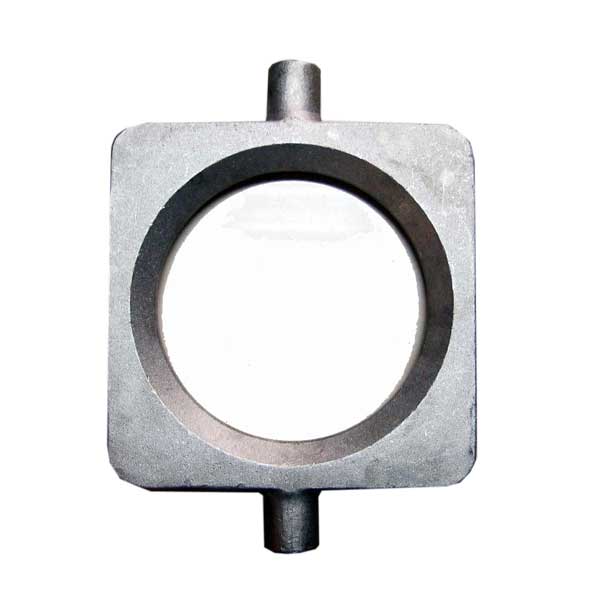Shaft forgings are metals formed by forging and pressing after solid-state heating. It requires the metal to have good thermoplasticity. Generally, shaft forgings are steel parts. It has high strength and good plasticity, and is suitable for manufacturing important parts with high stress and high requirements. Such as bolts, shafts, gears, etc.
The specific steps of the forging process are as follows:
Material calculation and blanking are one of the important links to improve the utilization rate of materials and realize the refinement of blanks. Excessive material not only causes waste, but also increases cavity wear and energy consumption. If there is no allowance for blanking, it will increase the difficulty of process adjustment and increase the scrap rate. In addition, the quality of the blanking end face also has an impact on the process and the quality of the shaft forging.

The purpose of heating is to reduce the forging deformation force and improve metal plasticity. But heating also brings a series of problems, such as oxidation, decarburization, overheating and overburning. Accurate control of the initial forging and final forging temperature has a great influence on the structure and performance of the product.
Flame furnace heating has the advantages of low cost and strong applicability, but the heating time is long, oxidation and decarburization are easy to occur, and the working conditions need to be continuously improved. Electric induction heating has the advantages of rapid heating and less oxidation, but it has poor adaptability to changes in product shape, size and material.
Forging forming is produced under the action of external force. Therefore, correct calculation of deformation force is the basis for selecting equipment and performing mold check. Stress-strain analysis of the deformed body is also indispensable for optimizing the process and controlling the microstructure and properties of the shaft forging.
Therefore, the quality analysis of shaft forgings can generally be divided into the stage of on-site investigation, the stage of experimental research and analysis, the stage of proposing solutions and prevention countermeasures. Before implementing these stages of work, it is best to formulate an implementation plan, including the tasks, work procedures, and completion time of these three stages. Appropriate additions and modifications can be made to this embodiment during implementation. Making an implementation plan is an important part of analyzing the quality problems of large and complex shaft forgings and used parts.



